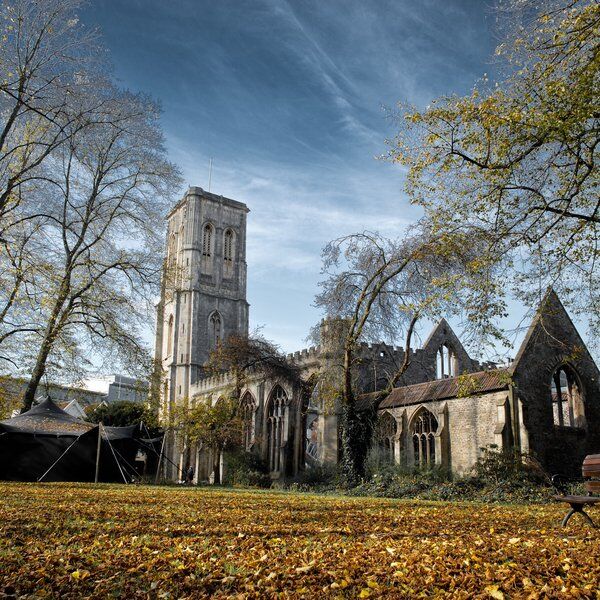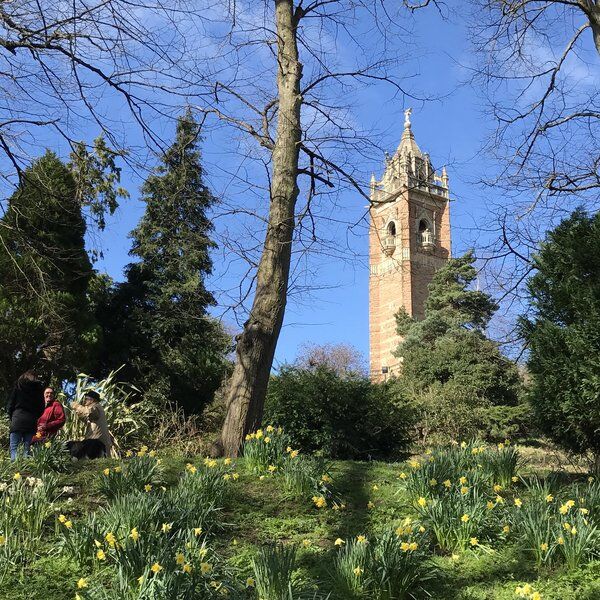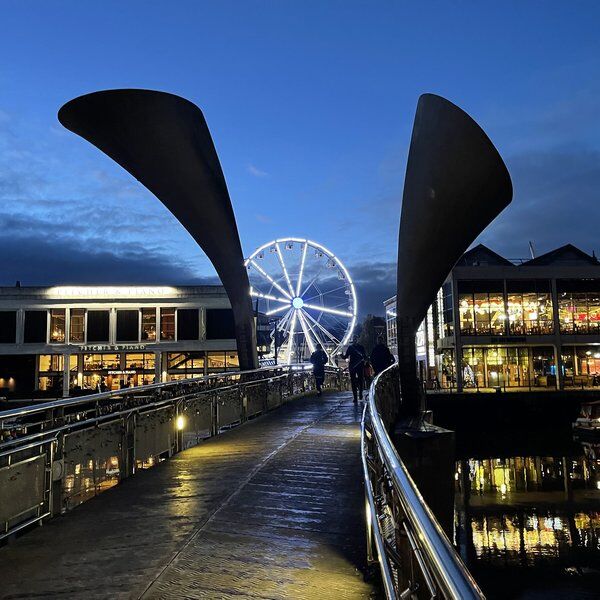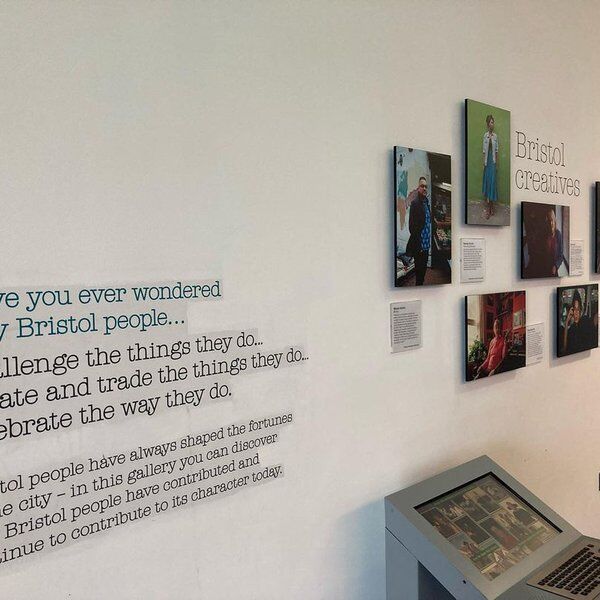Discover Bristol Old Vic
Bristol Old Vic theatre, on King Street, has witnessed over 250 years of history and has been attended by over seven million spectators since its creation. Originally named the Theatre Royal, the story of the Bristol Old Vic began in 1766. The theatre was founded by a group of fifty wealthy individuals who envisioned a grand performance space in Bristol. Architect James Saunders was entrusted with its design. The result was a grand Georgian structure with a horseshoe-shaped auditorium that could accommodate over 1,600 viewers.
Initially, the theatre faced significant challenges due to the Licensing Act of 1737, which censored stage productions. To evade these restrictions, the entrance was hidden behind a row of houses, accessible only through neighbouring homes. Guests would knock on private doors and be led through backyards to the theatre. In 1788, the theatre received a Royal patent, allowing it to openly advertise and legally perform full-length plays.

Overcoming Challenges: The History of Bristol Old Vic
In 1782, the theatre was forced to close due to an influenza outbreak—its first major disruption. Remarkably, this early crisis parallels the theatre's experience during the recent coronavirus pandemic over two centuries later.
The theatre also survived the Bristol Riots of 1831, which saw fires raging in nearby Queen Square as protestors clashed over a rejected reform bill. The Old Vic was saved from destruction because it was set back and protected behind two terraced houses. Interestingly, these same houses had originally concealed the theatre from authorities when it opened illegally in 1766.

On 28th January 1942, the Bristol Old Vic faced another significant threat when the leaseholders put the building up for sale. Bristolians, led by theatre historian Kathleen Barker, appealed to save the venue, securing the funds needed to set up the Theatre Royal Bristol Trust, through which they could purchase the building. The Council for the Encouragement of Music and the Arts (CEMA) leased the theatre from the Trust and, in 1946, arranged for a company run by the London Old Vic to staff it, thus forming the Bristol Old Vic. In 1963, following the disbanding of the London Old Vic, the Bristol Old Vic gained complete independence.
In 2007, financial difficulties and a dilapidated building almost forced the theatre to close. However, a public meeting organised by the newly-appointed executive chairman, Dick Penny, drew over 1,000 locals who wanted to support the theatre. This outpouring of community solidarity led to a successful refurbishment, and the sensational new building reopened in 2012, marking a new era for the Bristol Old Vic.
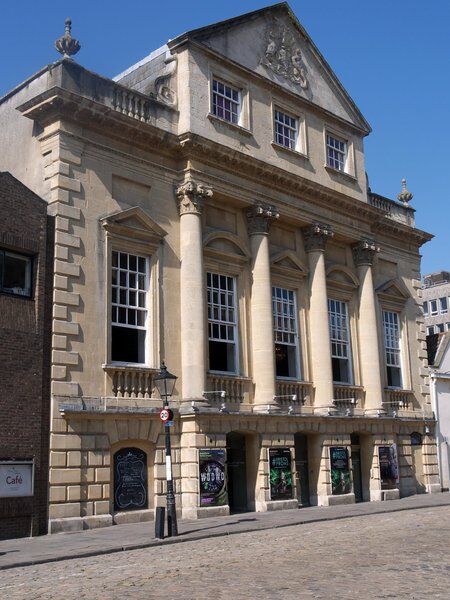
Architecture of the Bristol Old Vic
"The most beautiful theatre in England."
The Bristol Old Vic has Georgian architecture. Its original horseshoe-shaped auditorium, with elaborate plasterwork and elegant boxes, is a focal point. The adjoining Coopers' Hall, featuring Corinthian columns and ornate chandeliers, was built in 1744 and served various purposes before becoming part of the theatre complex in 1972. Today, both the auditorium and Coopers' Hall are Grade I listed buildings.
Renovating Bristol Old Vic
Over its long history, the Bristol Old Vic has undergone numerous renovations. In 1972, the theatre was redesigned by renowned architect Peter Moro. This renovation modernised the theatre while preserving its Georgian heritage. Moro's redesign included the demolition of several inner buildings, including the original 1766 stage area, and the construction of a new stage, fly tower, technical facilities, and offices. Additionally, the Coopers' Hall became the new entrance and foyer.
The 2012 renovations were a major £19 million project, which brought the Bristol Old Vic into the 21st century. This project included the demolition of the 1970s street-side building and its replacement with a new foyer, bar, and box office, revealing the previously hidden theatre walls. The Coopers' Hall was adapted to house new performance spaces, including a studio theatre and other spaces were added, including the Side Stage with a capacity of 250, the Paint Shop, and the rehearsal room.
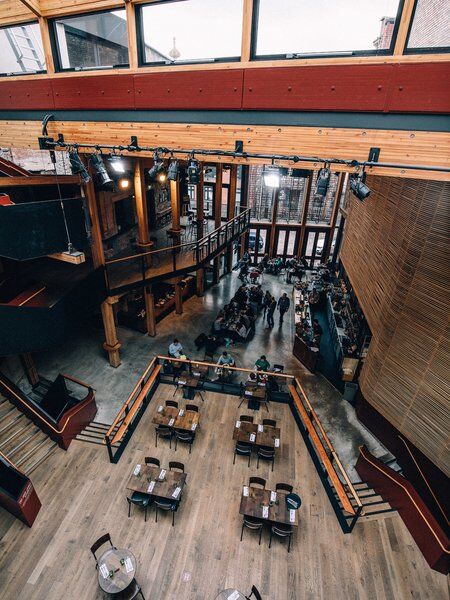
Performances and Productions at Bristol Old Vic
The Bristol Old Vic has been a stage for some of the most influential figures in theatre history. Early members included Peter O'Toole, John Neville, Timothy West, Barbara Leigh-Hunt, and Dorothy Tutin. Sir Laurence Olivier, seeking out the next generation of actors, established the Bristol Old Vic Theatre School in 1946. This laid the foundation for a legacy that includes alumni such as Brian Blessed, Olivia Coleman, and Daniel Day Lewis.
Alongside famous actors that have graced its stage the Bristol Old Vic has hosted many significant productions since its inception. One example is the 1946 production of "The Beggar's Opera," directed by Tyrone Guthrie, which revitalised the theatre in the post-war era. This production is celebrated for its impact on British theatre at the time. In recent years, highlights have included the 2018 adaptation of "Touching the Void," a gripping tale of survival in the Peruvian Andes.
Bristol Old Vic on Tour
The Bristol Old Vic has a tradition of taking its productions on tour both within the UK and internationally. These productions include Shakespearean classics and contemporary dramas, travelling to destinations as diverse as Ceylon, America, and Zurich, emphasising the theatre's global reach. Its reputation has been helped by co-productions with companies like the Royal National Theatre and West Yorkshire Playhouse.

Bristol Old Vic and the Local Community
"We will make a theatre which is for our whole community... We invite you to come on in and help us make this building sing with possibility."
Today, Bristol Old Vic Theatre School continues to nurture young talent. Led by Executive Director Charlotte Geeves and Artistic Director Nancy Medina, the Engagement Department offers theatre opportunities for young people and marginalised groups across Bristol and the South West to participate at the Old Vic. Initiatives like the Young Company, which involves over 350 young people annually, and the Made in Bristol training scheme provide platforms for aspiring theatre-makers to hone their skills and create impactful work. As a result, major community productions have been hosted at the Old Vic such as "Orpheus & Eurydice," featuring a cast of over 150 Bristolians.
As a registered charity, the Bristol Old Vic relies on public support to maintain these vital creative programs. Throughout its history, the theatre has faced numerous challenges, from epidemics, riots, financial crises, and the threat of closure. Each time, Bristol’s community has rallied together to protect the Old Vic. Thanks to these community efforts, in 2023, the theatre welcomed over 135,000 ticket holders, distributed 4,500 tickets to communities and schools, and delivered over 20,000 hours of contact time to 15,000 participants.

Visiting Bristol Old Vic
Getting to the Theatre
Located on King Street, a short walk from Bristol Temple Meads train station and the city's main bus station, the Bristol Old Vic is easily accessible by public transport. Local parking facilities provide additional convenience for those travelling by car.
The theatre's Box Office is open for in-person ticket purchases during specified hours, with additional support available via phone and email for inquiries and bookings. Upon entering, guests are welcomed into the restored foyer complete with a grand staircase and elegant chandeliers, setting the stage for an enchanting theatrical experience.
Refreshments at the Theatre
Bristol Old Vic offers more than just performances. Its inviting Kitchen + Bar serves a variety of locally sourced refreshments, ideal for a pre-show meal or post-performance drinks. The venue's warm atmosphere and convenient location make it a favoured spot for out of town theatre-goers and locals to gather and enjoy quality food and beverages.

Visiting Bristol with CityDays
If you’re interested in exploring hidden gems like Bristol Old Vic then we think you will enjoy one of our CityDays Treasure Hunt in Bristol and in particular—since you’ve expressed love for art—our Painted City Hunt.
Our urban adventures bring the secrets of Bristol to life in a fun and interactive way, so you can uncover the beauty of the city whilst exploring its often overlooked places of interest such as Banksy’s mural-lined streets and flourishing Victorian gardens.
Along the way, you and your teammates will receive clues on your phones that, once deciphered, will guide you to interesting and scenic parts of the city, including lots of rest stops at cafes, bars, and pubs so you can refresh and make the most of your day!
The Painted City Hunt is an ideal trail for locals, visitors and anyone looking to make the most of this unique and fascinating area. We think you’ll love it but for more information on this tour, and our other Bristol adventures click here: Bristol Treasure & Scavenger Hunts | CityDays.







